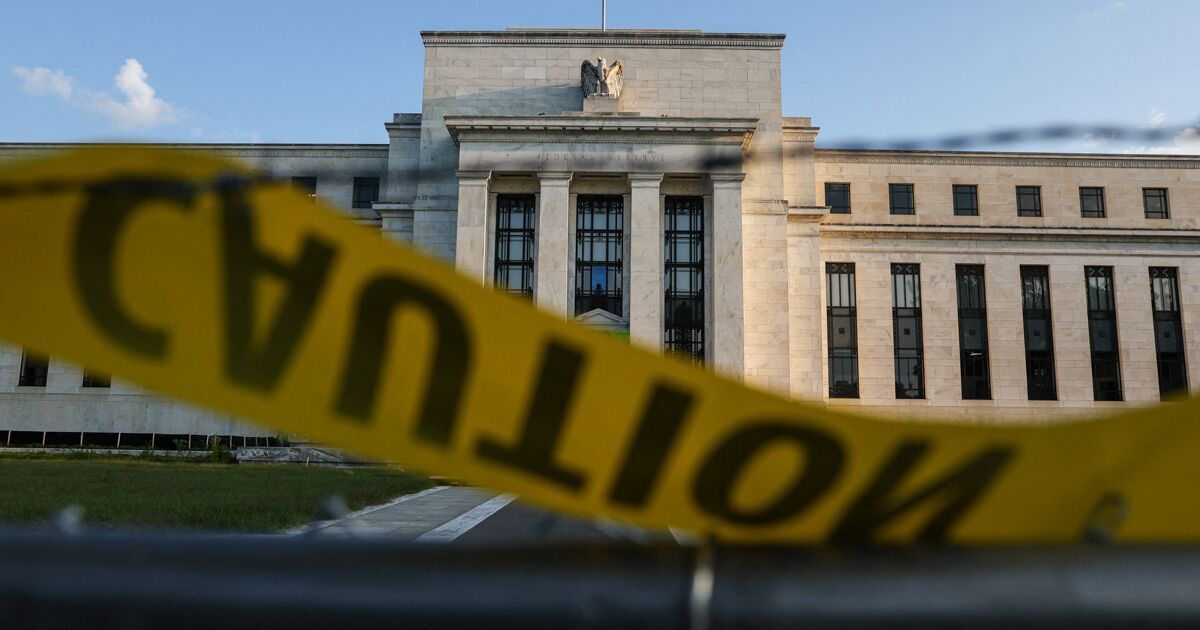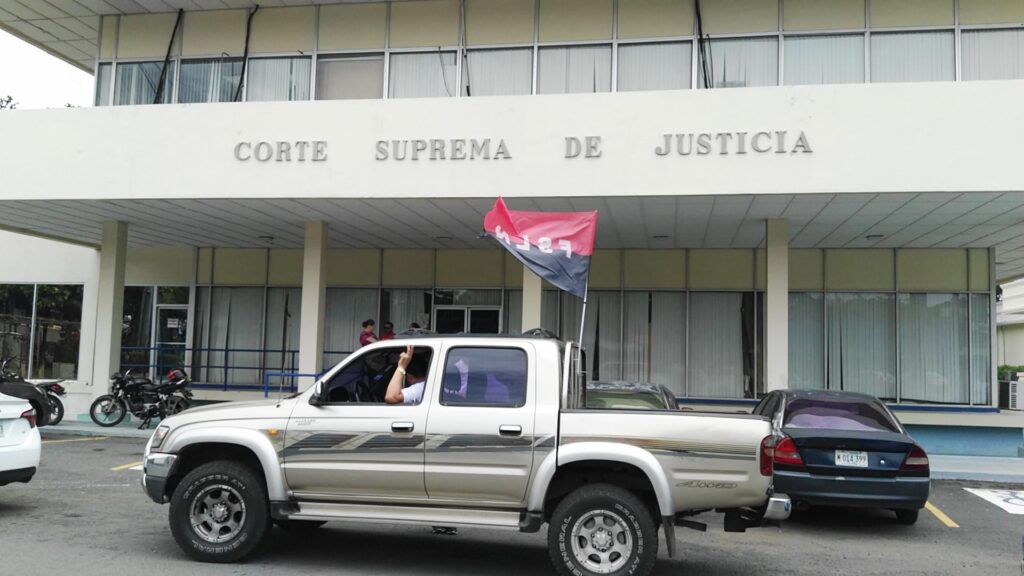In September, the consumer price index in the United States stood at 8.3%, and the Fed with a rise of 75 base points took the reference interest rate to a level between 3% and 3.25%, continuing to tighten of monetary policy.
The goal is to lower inflation, yes. However, if not done properly, the antidote will backfire, warned Luis Gonzali. What could happen if by focusing on fighting inflation, the effect threatens to “destabilize the financial system.”
“Caring for a country’s financial system is even more important than caring for inflation, because without a financial system, we have no economy. Instability in the financial system would be the primary consequence of central banks going overboard”, said the director of Franklin Templeton Mexico.
Gonzali estimates that the Fed will lower the interest rate to a level closer to 4.5% than 4%, which means that loans will be more expensive, as will hedges, which could become a problem for those who are highly leveraged. .
Having a dual mandate, the Fed also has to pay attention to the labor market, which is in good shape.
The US central bank is said to stop raising the benchmark rate when employment begins to deteriorate sharply and steadily. “For now, employment is super buoyant; More jobs have been created than were lost in the pandemic”, underlined Luis Gonzali.
Regarding the wage issue, an increase in wages could bring inflationary pressures, but the rise in prices of products and services has made workers and unions seek improvements in this area.
Wages are rising at a lower rate than inflation, which is positive for the economy -for the inflationary part-, but not for the worker.












